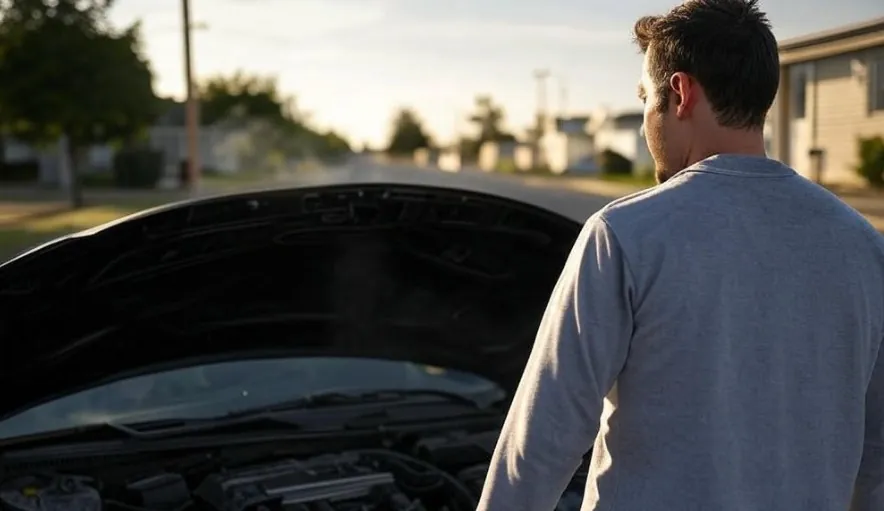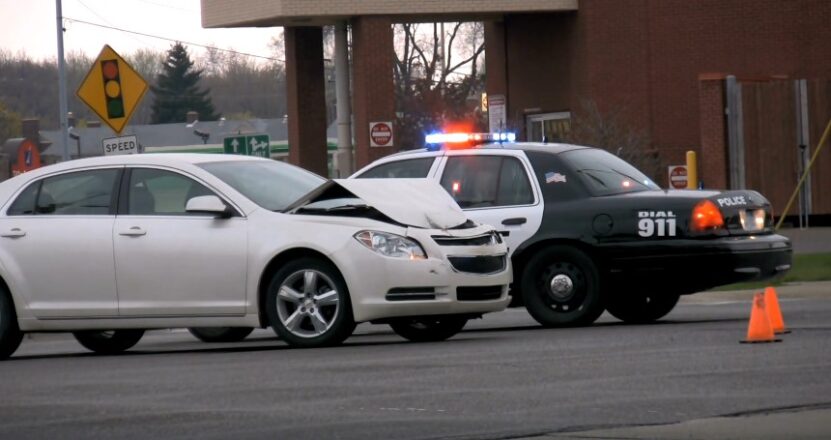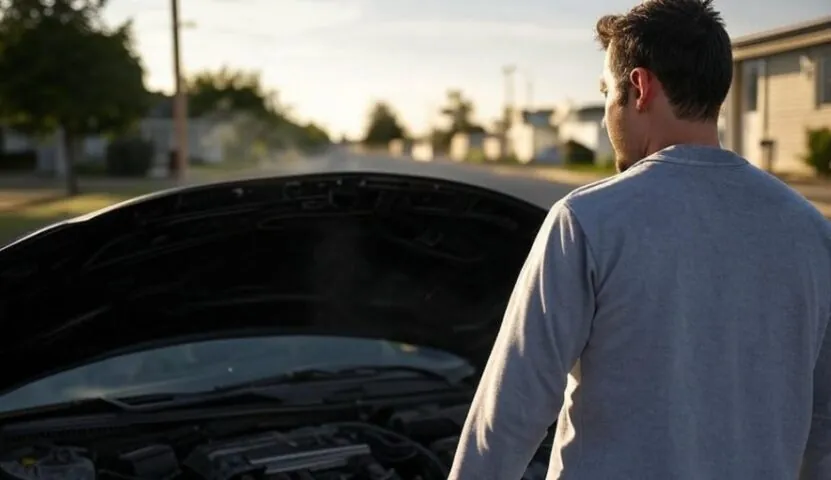
Share Post:
Car trouble isn’t always dramatic. Sometimes it sneaks up quietly, like a slow leak in your wallet. You might not even notice it at first—no smoke, no loud clunks, no dashboard meltdowns. Just a creeping cost that builds and builds until you’re staring down a bill that makes your jaw drop.
Let’s talk about those hidden culprits. The ones that don’t get enough attention but end up costing a fortune. If you’re someone who likes practical explanations, I’ll break it down with some real numbers and smarter strategies to keep your car—and budget—in check.
Table of Contents
Toggle1. Routine Upkeep Gets Skipped
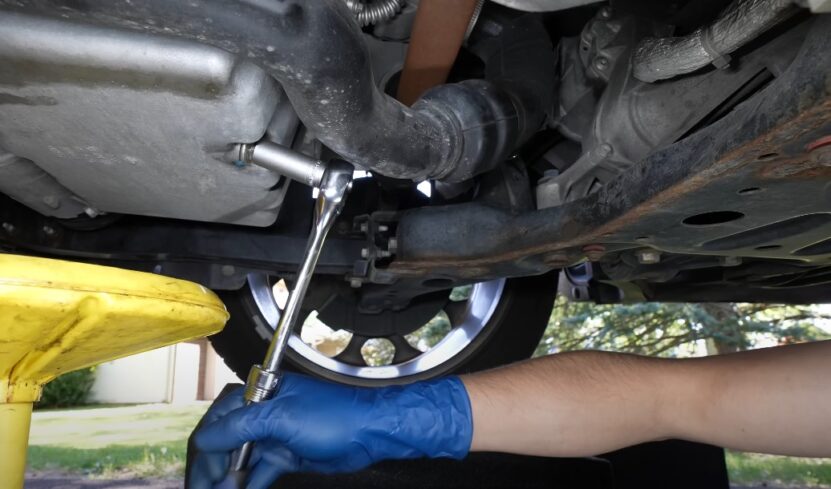
Owners sometimes push routine maintenance off the to-do list when life gets hectic. Oil changes, fresh filters, and checking hoses might sound like chores that can wait, but minor postponements add up.
Old engine oil eventually turns into sludge, causing friction and wear inside the engine. A fix for serious engine damage can cost thousands of dollars—no one wants that kind of stress.
Some sellers don’t disclose skipped oil changes or overdue services, but you can often catch those gaps by checking reports at bidfax.info.
A worn serpentine belt also spells trouble, since it can snap at an inconvenient moment. Replacing a belt is nowhere near as expensive as paying for a tow and a bigger repair.
Throw in the possibility of damaged pulleys or tensioners, and it’s easy to see how wallet-draining it becomes.
Prevention Tips
- Stick to the schedule in your owner’s manual for oil, air filters, and belts.
- Budget for a couple of planned maintenance visits each year.
- Ask your mechanic to take a peek at hoses, belts, and filters during regular check-ups.
2. Dashboard Lights Get Brushed Aside
Modern vehicles resemble rolling computers, loaded with sensors that flash messages on dashboard when something starts acting up.
A check-engine signal can mean anything from a loose gas cap to a more serious oxygen sensor problem or failing catalytic converter. An ABS signal hints at a brake issue, and a tire-pressure sign warns of inflation trouble.
Turning a blind eye allows a small fix to grow into a major ordeal, much like ignoring an early sign in a math problem that something isn’t adding up.
Fixing a failing oxygen sensor could start at a couple of hundred bucks, but a major catalytic converter replacement might leap into the thousands.
Prevention Tips
- Scan codes with a handy OBD-II device or bring your ride to a trustworthy mechanic.
- Address warning lights right away.
- Keep track of recurring signals or patterns—document them so you don’t overlook repeated problems.
3. Tire Care Misses the Mark

Tires are the unsung heroes of any car, serving as that essential link between driver and road. Underinflation is often overlooked but can wreak havoc on fuel economy and cause uneven wear.
The U.S. Department of Energy notes that even a few PSI below the recommended level saps gas mileage.
Beyond that, underinflated tires face higher risks of blowouts. Replacing a single tire might set you back a few hundred bucks, plus any towing or roadside assistance charges.
Rotations are another big factor. If tires aren’t rotated, the treads can wear at different speeds, leading to replacements well before the expected mileage.
Prevention Tips
- Check tire pressure at least once a month using the recommended numbers on the driver’s door jamb.
- Rotate tires about every 6,000 to 8,000 miles.
- Keep an eye on tread depth and replace tires once the tread is worn down to about 2/32 of an inch.
4. Brake System Gets Overlooked
Brakes are so critical for safety, yet a lot of drivers shrug off squeaks or grinding sounds until a bigger repair pops up.
Worn brake pads damage rotors, and that’s where the cost jumps from a routine pad swap to something in the hundreds—or beyond. Delayed brake fixes can also ruin calipers or brake lines, ballooning the bill into a four-digit figure in some cases.
It’s smarter to check brakes regularly than wait for a meltdown. A simple inspection can save massive headaches (and a chunk of change).
Prevention Tips
- Request a brake inspection every year or when you’re already in for an oil change.
- Swap pads when they get thin.
- Listen for grinding, squeaking, or pulsating sensations when stopping, and act quickly.
5. Temperature Gauge Ignored (Engine Overheating)
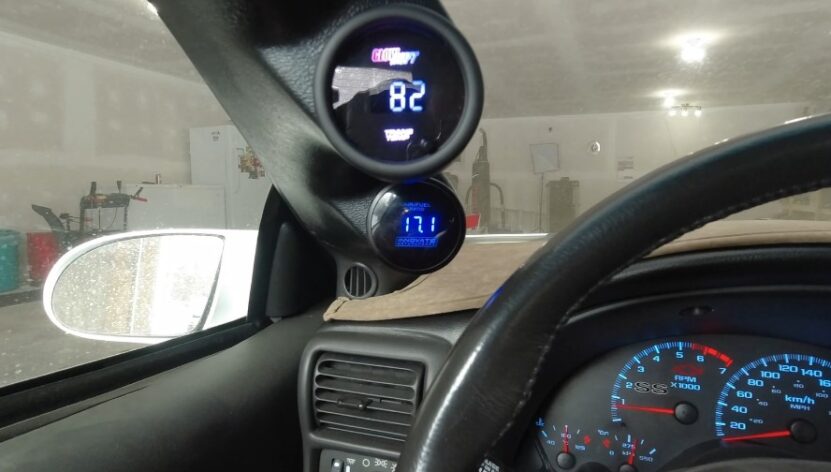
Engine overheating creeps up on unsuspecting drivers. Low coolant levels, faulty thermostats, or busted water pumps can spike engine temperatures fast. Running an engine hot risks warping the cylinder head or even cracking the block.
Major engine repairs can soar into the multiple-thousands range, sometimes threatening the entire car’s future.
If the temperature gauge starts rising, or steam appears under the hood, that’s a flashing sign. Pull over, shut the engine down, and arrange a professional check. Replacing a small component or topping off fluid is peanuts compared to the cost of a new engine.
Prevention Tips
- Check coolant levels monthly.
- Book an annual inspection of the cooling system to spot leaks or worn parts.
- Safely pull over if the engine temperature shoots upward—never keep driving.
6. Steering and Suspension Wear
Steering and suspension parts don’t always make loud noises when they first start wearing out. That quiet progression means a driver might not notice a thing until the car feels bumpy, or tires start wearing unevenly.
Ball joints, tie rods, shocks, and struts all bear stress. Worn parts can cause steering wander or sloppy handling, plus possible hazards on the road.
New shocks can land in the $500–$1,500 range, and if a tie rod breaks on the highway, you’d be facing a scary scenario along with high bills. Think of alignment as well—misalignment leads to damaged tires, which means more out-of-pocket costs down the line.
Prevention Tips
- Schedule a suspension and steering check during normal service visits.
- Watch for unusual bouncing, drifting, or wobbly steering.
- Fix alignment problems promptly to avoid shaving miles off the life of your tires.
7. Battery Check Gets Forgotten
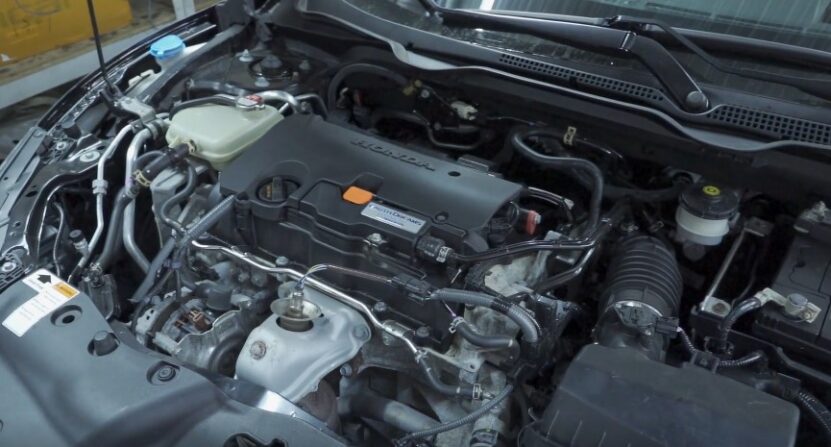
A battery that seems fine one morning might fail without warning on a grocery store run or right when heading to a lesson with the kids.
A faulty battery doesn’t always offer clear signs until cranking becomes sluggish. Once it dies for good, you’re stuck paying for a jump, a tow, or a brand-new battery on the spot.
Apart from the inconvenience, alternators sometimes get stressed by a weak battery, which then causes bigger bills if that part fails.
Prevention Tips
- Test battery health at least twice a year or whenever noticing slow starts.
- Clean corrosion from battery terminals.
- Replace an old battery before it leaves you stranded (usually after 3–5 years, depending on climate and usage).
8. Transmission Problems That Lurk
Transmission issues often begin subtly: maybe gear shifts feel a bit jerky, or the car hesitates before accelerating. Fluid leaks or burnt-smelling fluid also signal potential trouble.
Let it slide too long, and the transmission might fail entirely—a repair that sometimes runs several thousand dollars. Even rebuilding a transmission is pricey, and searching for a used one can be a gamble if the source isn’t reliable.
Catching small transmission quirks early is the key. Replacing dirty fluid or sealing a minor leak is relatively affordable. Skipping that step leads to a bigger wave of damage.
Prevention Tips
- Check transmission fluid level and color regularly.
- Pay attention to shuddering, shifting delays, or gear slippage.
- Schedule fluid changes as recommended by the manufacturer.
9. Overlooking Emissions Components
Emissions systems are easy to ignore because they don’t usually cause obvious driving problems early on. A failing oxygen sensor or an aging catalytic converter might not create immediate performance issues.
However, ignoring a malfunctioning component here often leads to bigger engine damage or failed inspections. Then you’re dealing with fines, re-tests, or even more expensive repairs.
Small sensors in the emissions chain are cheaper to replace at the first sign of trouble. Letting a damaged converter linger can hurt fuel efficiency and put the entire exhaust system at risk, spiking the overall repair estimate.
Prevention Tips
- Don’t sideline the check-engine signal if it relates to emissions.
- Replace failing sensors as soon as possible.
- Keep track of annual or biannual inspections and fix trouble codes immediately.
10. Small Fluid Leaks That Go Unnoticed
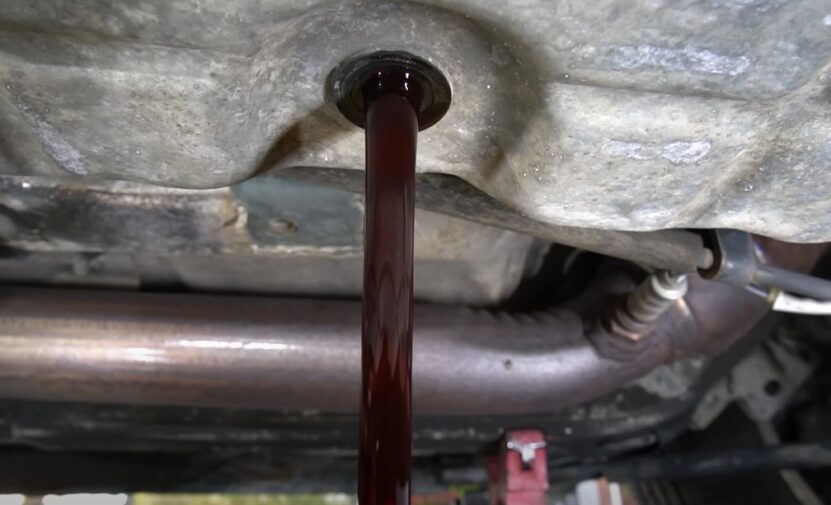
A few drops of oil or coolant on the driveway can appear harmless. It’s tempting to shrug and move on. However, even a slow leak robs the engine or transmission of vital lubrication or cooling. Coolant leaks can cause overheating. Oil leaks can lead to friction inside the engine. Transmission fluid leaks can ruin gears, seals, or clutches.
Minor leaks are typically cheaper and easier to repair if caught early. Replace a worn gasket or clamp, and the issue vanishes. If that drip goes unchecked, the final bill can shoot up.
Prevention Tips
- Check under the car every so often for fresh fluid puddles.
- Keep an eye on fluid levels, topping off if they drop faster than normal.
- Ask a mechanic to inspect any damp areas or drips as soon as they’re spotted.
Summary
Vehicles have countless parts that work together in harmony. A small rattle or an odd smell might not feel urgent at first, but those symptoms can escalate.
A mindful approach to maintenance pays off. Keeping a little calendar for check-ups, or tucking the car’s service schedule into your routine, works wonders.
A well-maintained car is less likely to land you in a surprise financial mess. After all, it’s better to pay for a new belt or a battery on your terms than scramble for a big repair out of nowhere.
Related Posts:



